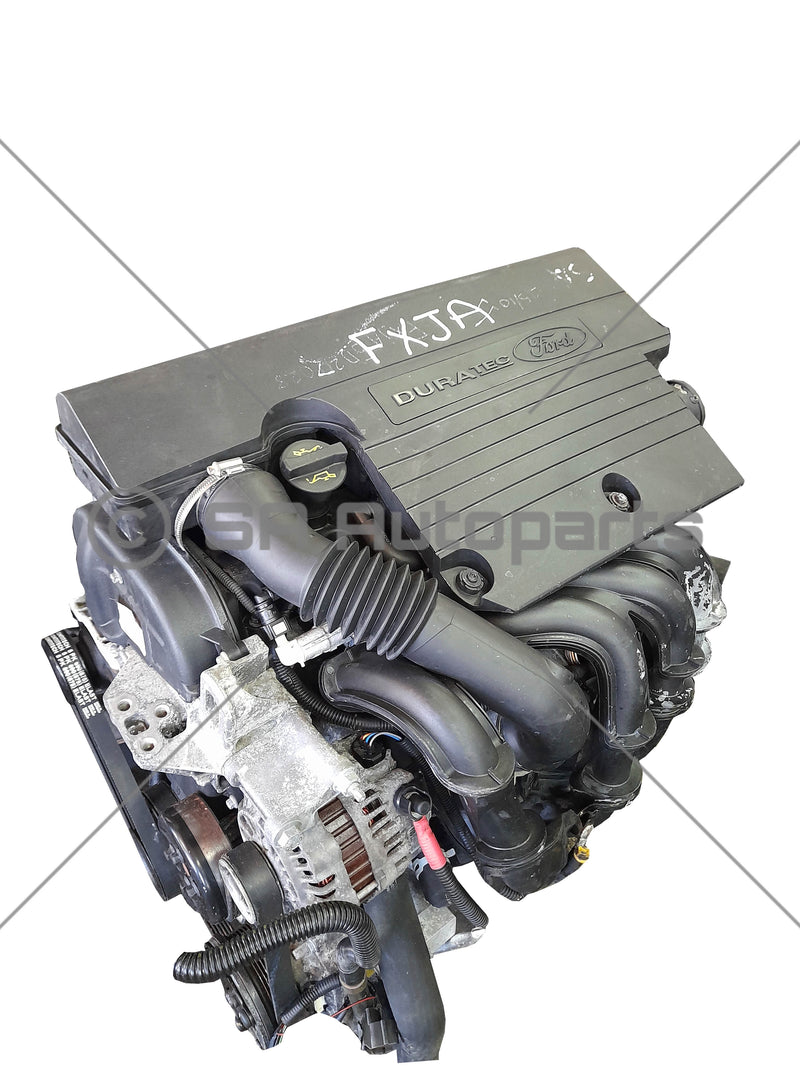How to Maintain Your Ford Fiesta Engine for Long-Term Performance
How to Maintain Your Ford Fiesta Engine for Long-Term Performance
Blog Article
Checking Out the Evolution of Engines: From Classic Designs to Modern Marvels
From the first steam engines that powered the Industrial Transformation to the emergence of internal burning engines that transformed wheelchair, each phase has actually added to greater efficiency and ability. As we examine these milestones, one should take into consideration how the future of engine style may unfold, challenging our understandings of power and effectiveness.
The Birth of Engine Technology
The advent of engine modern technology marked a critical moment in human development, changing energy conversion and transportation. The earliest engines emerged from the demand to harness mechanical power for sensible use, leading to the development of tools that converted various power kinds right into activity (ford fiesta engine).
The advancement of the internal burning engine and the development of the steam engine militarized a profound change in industrial abilities. These engines not only boosted effectiveness but also increased the range of human movement, enabling unmatched transportation opportunities. The early models prepared for the mechanical world, helping with the surge of markets and reshaping social structures.
As engine layouts developed, they included ingenious materials and progressed engineering principles, leading the way for modern growths - ford fiesta engine. The birth of engine innovation stired up a relentless search of efficiency and power, establishing the phase for the dynamic advancement of transportation and commercial machinery that would adhere to
Heavy Steam Engines and Their Influence

The steam engine's impact was specifically apparent in the transportation sector (ford fiesta engine). Steam-powered engines assisted in the quick motion of items and people throughout substantial distances, properly shrinking the geographical obstacles that had actually previously prevented trade and communication. In a similar way, steamships reinvented naval travel, enabling quicker and more reputable crossings of rivers and seas.
In sector, steam engines powered factories, allowing mass production and the rise of urban centers as centers of financial task. Heavy steam innovation fostered advancements in engineering and manufacturing processes, laying the groundwork for future developments in engine design.
The Rise of Internal Combustion
Frequently overshadowing steam power, the increase of interior combustion engines noted a transformative change in transport and industry during the late 19th and early 20th centuries. The growth of these engines, identified by their capacity to burn gas within the engine itself, made it possible for greater efficiency and power compared to traditional steam engines. Introducing inventors such as Nikolaus Otto and Rudolf Diesel played vital functions in refining engine designs, leading to widespread fostering in cars, boats, and commercial machinery.
The inner combustion engine's portable size and reasonably light-weight nature helped with the development of individual cars, transforming specific movement and improving metropolitan landscapes. By making it possible for faster traveling and the efficient transportation of goods, these engines militarized financial development and fostered globalization. The adaptability of fuel alternatives, including fuel and diesel, visit their website additionally enhanced their allure, enabling for diverse applications across numerous fields.
Regardless of the environmental concerns that would later develop, the initial allure of inner combustion innovation stocked its transformative potential. As society welcomed this advancement, the structure was laid for modern transport systems, establishing this website interior burning engines as a cornerstone of industrial advancement and life throughout the 20th century.
Advancements in Engine Performance
As internal burning engines ended up being integral to transport and sector, the focus shifted towards improving their performance to fulfill expanding needs for efficiency and sustainability. Innovations in engine design, material science, and technology have substantially contributed to this development.
One major improvement is the growth of turbocharging, which permits for raised air intake, causing even more full gas burning and enhanced power output without expanding engine size. Furthermore, variable shutoff timing systems have actually been applied to enhance engine performance throughout different RPM ranges, thus improving fuel efficiency.
The use of sophisticated fuel injection modern technologies, such as direct shot, has also played an essential function. This technique permits for even more precise control over the fuel-air blend, promoting much better burning and minimizing discharges. Additionally, lightweight materials, including aluminum and composite components, have actually been taken on to decrease general engine weight, bring about boosted effectiveness.
These advancements show a wider fad within the auto market, where the synergy in between engineering innovation and ecological considerations drives the ongoing quest for greater performance in interior burning engines. Because of this, modern engines are now a lot more powerful, cleaner, and effective than ever before, leading the method for an extra sustainable future in transportation.
The Shift to Electric Power
With growing concerns over environmental effect and nonrenewable fuel source dependency, the automotive sector is experiencing a considerable shift towards electric power. This shift is driven by a mix of technical developments, regulatory pressures, and transforming consumer choices. Electric vehicles (EVs) use a compelling option to standard interior burning engines, flaunting minimized greenhouse gas emissions and reduced operating expense.
The increase of battery innovation has been a game changer, with lithium-ion batteries becoming much more efficient and affordable. Boosted energy thickness and faster billing capabilities have actually made EVs a lot more useful for daily usage. Moreover, governments worldwide are carrying out motivations and setting enthusiastic targets for eliminating nonrenewable fuel source vehicles, consequently accelerating the adoption of electric power.
As charging infrastructure expands and battery modern technology proceeds to improve, the shift to electrical power is poised to improve the vehicle landscape, promoting sustainability and innovation in the years to come. The future of transport is electric, and the energy is indisputable.
Conclusion
The development of engine modern technology represents a significant trajectory of technology that has exceptionally affected transportation and industry. From the foundational heavy steam engines to the transformative inner burning engines, each development has actually contributed to improved wheelchair and economic development.

Report this page